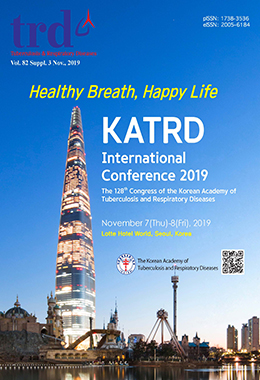Purpose: Bronchoalveolar lavage (BAL) and bronchial washing (BW) are two major methods used to obtain high-quality respiratory specimens from patients with suspected pulmonary tuberculosis (TB) but a sputum-scarce or smear-negative status. We aimed to compare the value of BAL and BW in the diagnosis of TB in such patients. Method: A prospective interventional study was designed. We enrolled patients with suspected pulmonary TB but a sputum-scarce or smear-negative status, who were referred for bronchoscopy between October 2013 and January 2016. Participants were randomised into the BAL and BW groups for evaluation. The characteristics and diagnostic yields for TB detection were compared between the groups. Result: A total of 91 patients (43 in the BAL group, 48 in the BW group) were evaluated. Twenty-one patients (48.8%) in the BAL group and 30 (62.5%) in the BW group had a final diagnosis of pulmonary TB. The BAL group had a significantly higher sensitivity (85.7% vs 50.5%, p=0.009) and negative predictive value (88.0% vs 54.5%, p=0.007) in the diagnosis of pulmonary TB compared with the BW group. Conclusion: As long as it is tolerable, it is recommended that BAL be attempted first to obtain specimens for the diagnosis of pulmonary TB in sputum- scarce or smear-negative cases.


